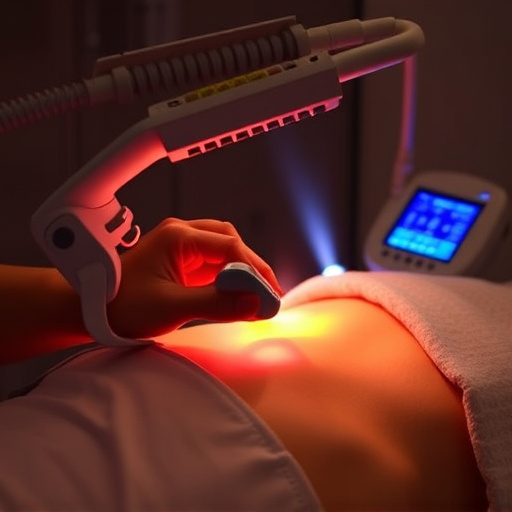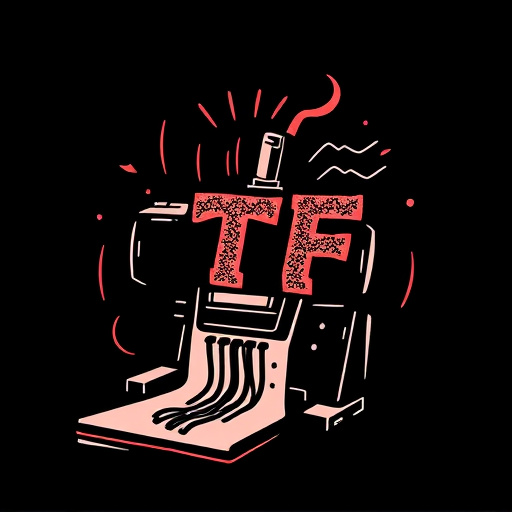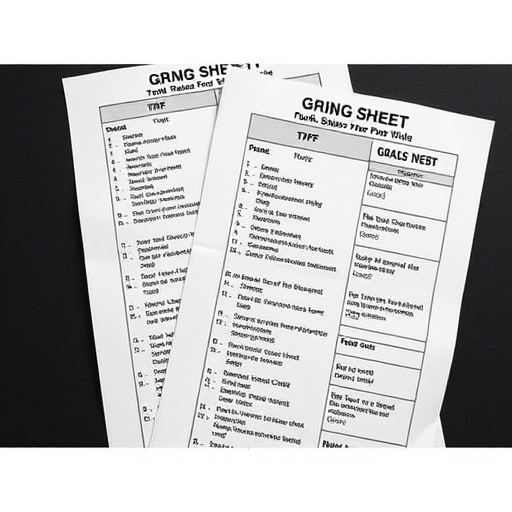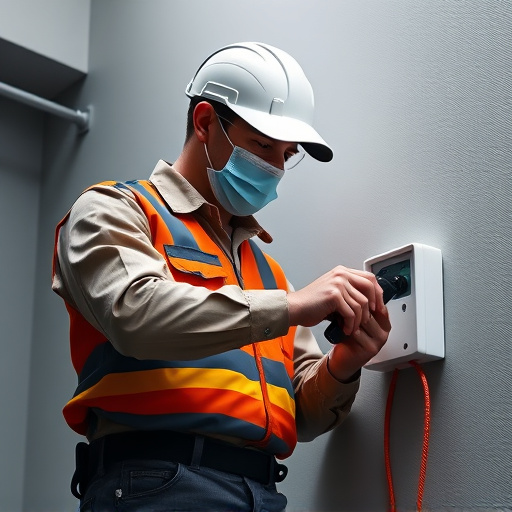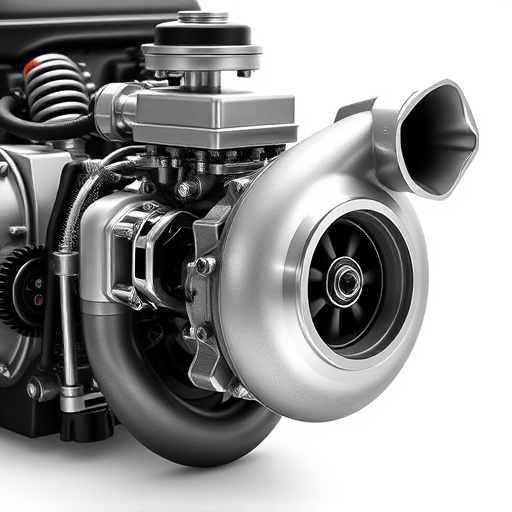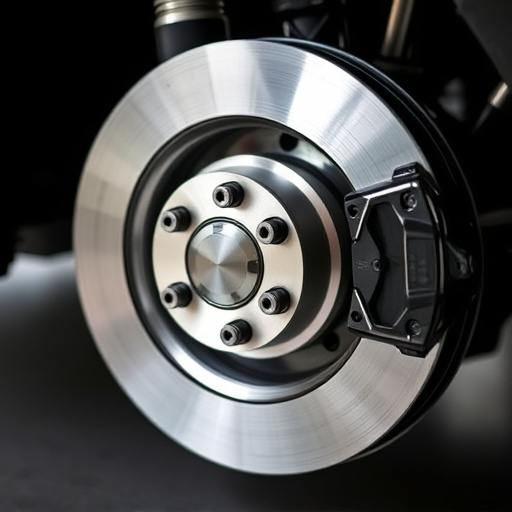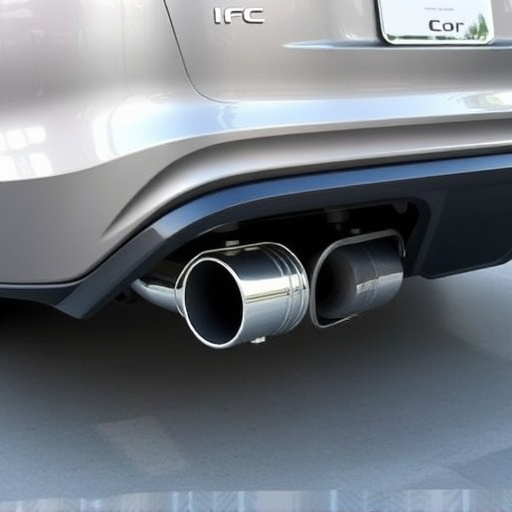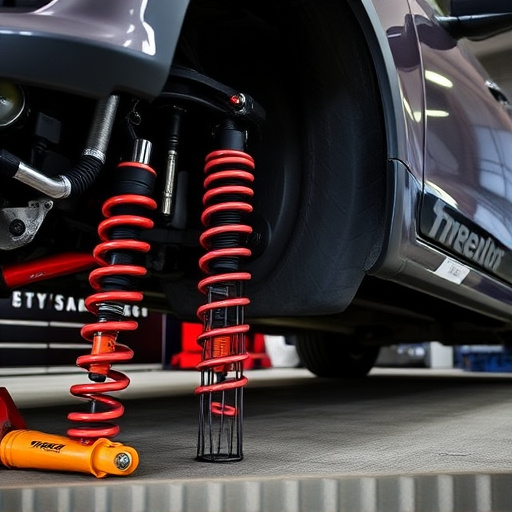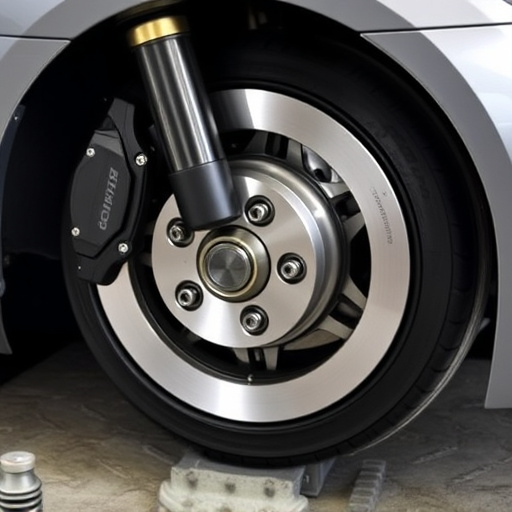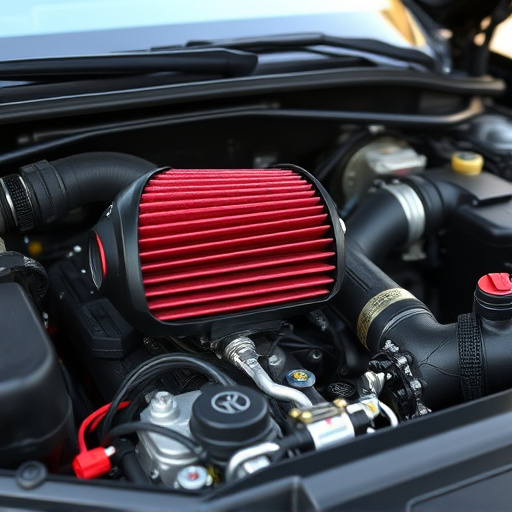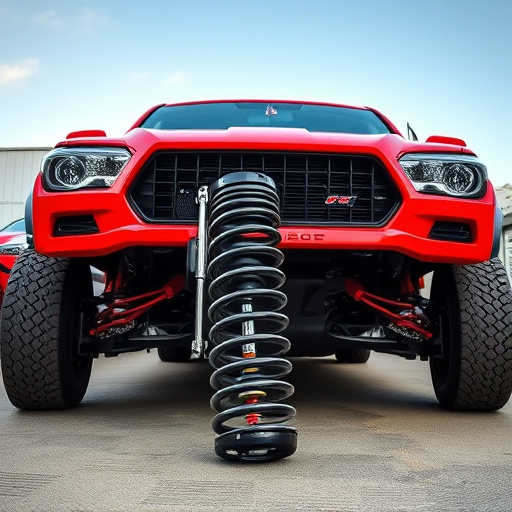Muffler intake installation, a critical yet often overlooked aspect of car maintenance, involves securing essential components to redirect exhaust gases and reduce noise. Regular inspection is vital to prevent performance issues due to wear, corrosion, or misalignment. Inspection frequency varies based on environmental conditions, driving habits, initial installation quality, and routine maintenance. Scheduled maintenance checks according to manufacturer recommendations are crucial for maintaining and prolonging the life of the muffler intake system, ensuring optimal fuel efficiency and enhanced driving experience.
Muffler intake installation is a critical component of vehicle maintenance, ensuring optimal engine performance and reducing noise pollution. Understanding the basics of this system and its regular inspection is key to maintaining a safe and efficient ride. This article delves into the factors influencing how often you should inspect your muffler intake setup, offering best practices for comprehensive maintenance checks. Stay ahead of potential issues by learning when to expect thorough evaluations for optimal vehicle health.
- Understanding Muffler Intake Installation: The Basics
- Factors Influencing Inspection Frequency
- Best Practices for Regular Maintenance Checks
Understanding Muffler Intake Installation: The Basics
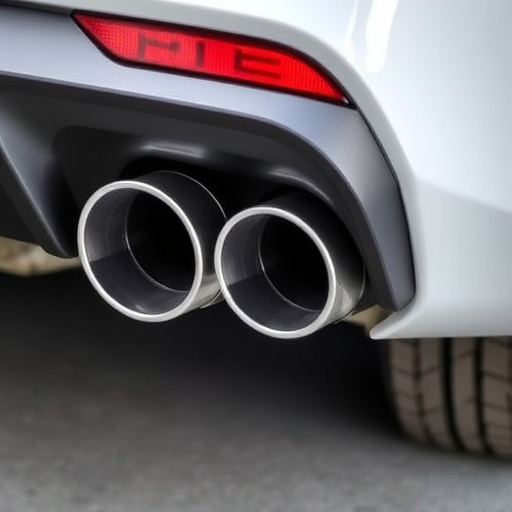
Muffler intake installation is a critical component of automotive maintenance that often goes overlooked. This process involves fitting and securing the muffler and its associated components to ensure optimal engine performance and reduced noise pollution. A well-installed muffler system not only silences the exhaust but also plays a vital role in maintaining engine efficiency.
Understanding the basics of muffler intake installation is essential for every car owner. It encompasses several key parts: the muffler itself, hangers, clamps, and gaskets. These intake components work together to direct exhaust gases away from the engine while minimizing noise. Regular inspection of these parts is crucial, as wear and tear can lead to performance issues. Unlike brake pads or suspension kits, which require frequent replacement, the focus should be on checking for any signs of damage, corrosion, or misalignment. This proactive approach ensures that your vehicle operates at its best, contributing to a smoother ride and enhanced fuel efficiency.
Factors Influencing Inspection Frequency
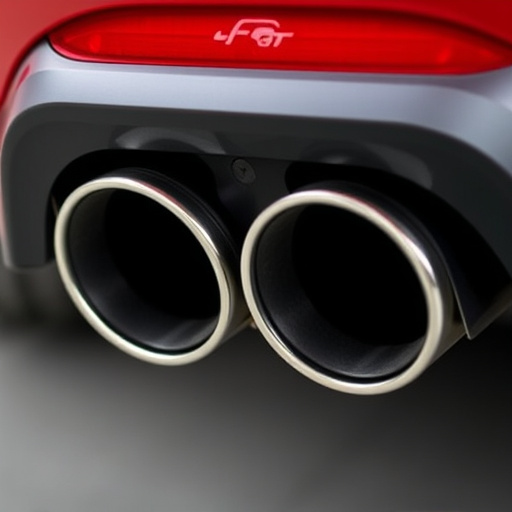
Several factors determine how often you should inspect your muffler intake installation. One key factor is the environment in which your vehicle operates; areas with frequent dust, debris, and extreme weather conditions may require more regular checks due to increased wear and tear on exhaust systems. The nature of your driving habits also plays a significant role; aggressive driving or frequent use of high-performance exhaust systems like coilover kits can accelerate the need for inspections.
Additionally, the quality of initial installation and routine maintenance contribute to the overall health of your muffler intake system. Well-maintained vehicles with pristine exhaust systems can often go longer between inspections compared to those that have seen better days or been exposed to harsh conditions. Regular checks are crucial for ensuring optimal performance and preventing potential issues that could affect both vehicle efficiency and safety, especially when it comes to muffler intake installations.
Best Practices for Regular Maintenance Checks
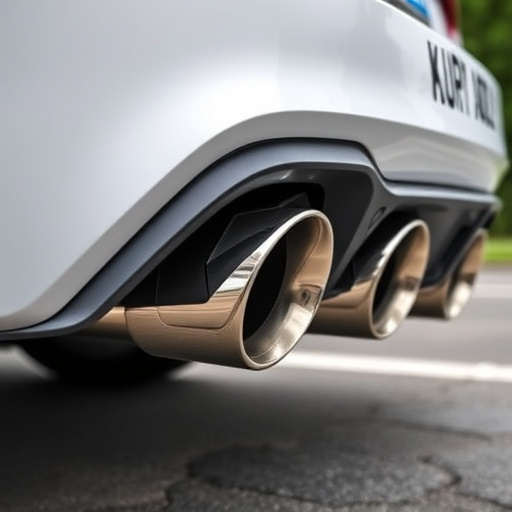
Regular maintenance checks are essential for ensuring optimal performance and longevity of your muffler intake installation. Here are some best practices to keep in mind. Firstly, schedule routine inspections at recommended intervals specified by the vehicle manufacturer. These checks allow for early detection of any issues, such as loose connections or signs of damage. Secondly, when performing these inspections, pay close attention to all visible components of the muffler intake system. Look for cracks, corrosion, or any unusual wear and tear on pipes, clamps, and brackets.
Additionally, consider checking for proper alignment and security of the exhaust system, including the connections between the muffler, catalytic converter (if applicable), and air intake systems. Regular maintenance also involves keeping an eye out for leaks in brake components, as these can indirectly affect your muffler intake installation by compromising airflow and overall vehicle performance. Remember, a well-maintained muffler intake system not only enhances fuel efficiency but also contributes to smoother driving experience, thereby improving the overall performance of your muffler intake installation or performance exhaust.
Regularly inspecting your muffler intake installation is a vital part of vehicle maintenance. Depending on factors like driving habits, environmental conditions, and the quality of parts, inspections should occur every 6-12 months or after high-mileage trips. Following best practices, such as checking for leaks, corrosion, and proper sealing, can prevent costly repairs and ensure optimal engine performance. By prioritizing these routine checks, you’ll maintain a safe, efficient muffler intake system and extend the life of your vehicle’s exhaust components.

